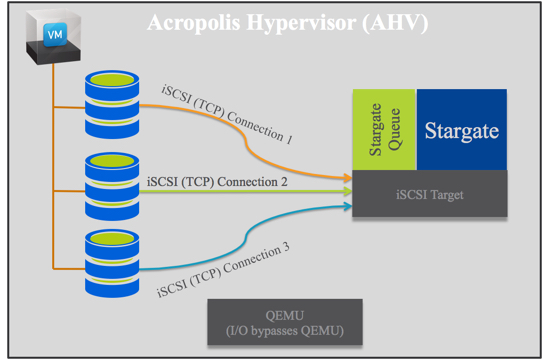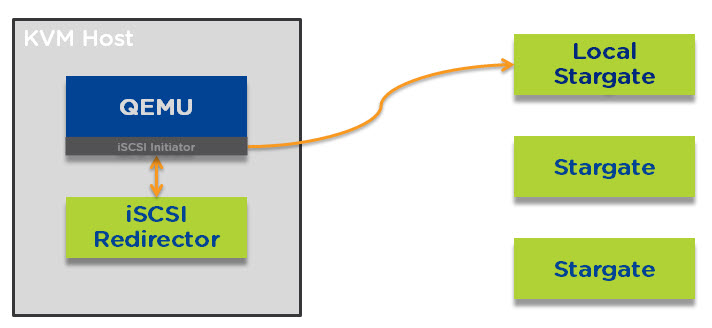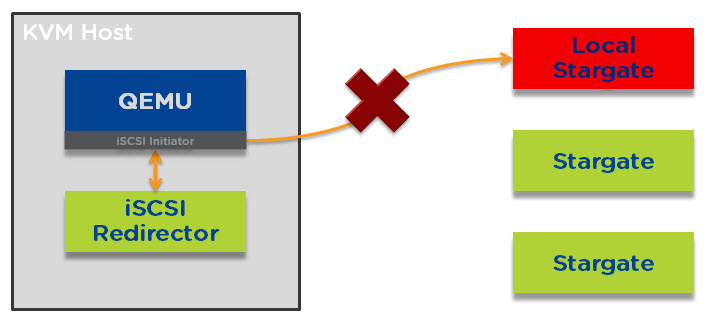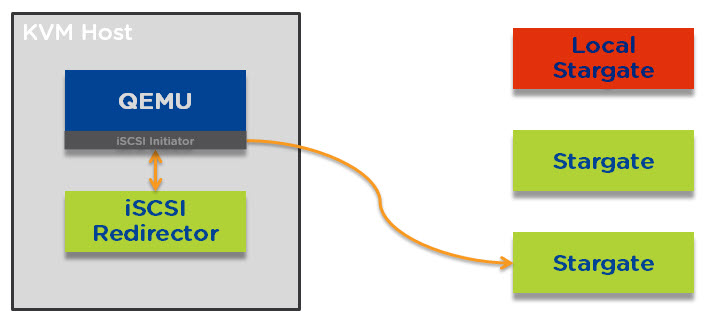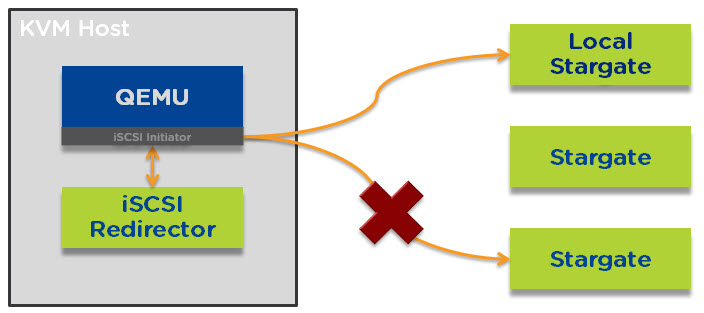You may be surprised cost is so far down the list but as you have probably realized by reading the previous 9 parts is that AHV is in many ways a superior virtualization platform to other products on the market. In my opinion, it would be a mistake to think AHV is a “low-cost option” or “a commodity hypervisor with limited capabilities” just because it happens to be included with Starter Edition (making it effectively free for all Nutanix customers).
Apart from the obvious removal of hypervisor and associated management component licensing/ELA costs, the real cost advantage of using AHV is the dramatic reduction in effort required in the design, implementation, operational verification phases as well as ongoing management.
This is due to many factors:
Simplified Design Phase
As all AHV Management components are in-built, highly available and auto scaling, there is no need to engage a Subject Matter Expert (SME) to design the management solution. As a person who has designed countless highly available virtualization solutions over the years, I can tell you AHV out of the box is what I have all but dreamed of creating with other products for customers in the past.
Simplified Implementation Phase
All management components (with the exception of Prism Central) are deployed automatically removing the requirement for an engineer to install/patch/harden these components.
Building Acropolis and all management components into the CVM means there are fewer moving parts that can go wrong and therefore that need to be verified.
In my experience, Operational Verification is one of the areas regularly overlooked and infrastructure is put into production without having proven it meets the design requirements and outcomes. With AHV management components deployed automatically, the risk of components not delivering is all but eliminated and where Operational Verification is performed, it can be completed much faster than traditional products due to having much fewer moving parts.
Simplified ongoing operations
Acropolis provides One-Click fully automated rolling upgrades for Acropolis Base Software (formally known as NOS), Acropolis Hypervisor, Firmware and Nutanix Cluster Check (NCC). In addition, upgrades can be automatically downloaded removing the risk of installing incompatible versions and the requirement to check things such as Hardware Compatability Lists (HCLs) and interoperability matrix’ before upgrades.
AHV dramatically simplifies Capacity management by only requiring capacity management to be done at the Storage Pool layer; there is no requirement for administrators to manage capacity between LUNs/NFS mounts or Containers. This capability also eliminates the requirement for well-known hypervisor features such as vSphere’s Storage DRS.
Reduced 3rd party licensing costs
AHV includes all management components, or in the case of Prism Central, come as a prepackaged appliance. There is no need to license any operating systems. The highly resilient management components on every Nutanix node eliminates the requirement for 3rd party database products such as Microsoft SQL or Oracle or best case scenario, the deployment of Virtual Appliances which may not be highly available and which needs to be backed up and maintained.
Reduced Management infrastructure costs
It is not uncommon for virtualization solutions to require a dozen or more management components (each potentially on a dedicated VM) even for small deployments to get all the functionality such as centralized management, patching and performance/capacity management. As deployments grow or have higher availability requirements, the number of management VMs and their compute requirements tend to increase.
As all management components run within the Nutanix Controller VM (CVM) which resides on each Nutanix node, there is no need to have a dedicated management cluster. The amount of compute/storage resources are also reduced.
The indirect cost savings for the reduced management infrastructure include:
- Less rack space (RU)
- Less power/cooling
- Fewer network ports
- Less compute nodes
- Lower storage capacity & performance requirements
Last but not least, what about the costs associated with maintenance windows or outages?
Because Acropolis provides fully non-disruptive one-click upgrades and removes numerous points of failure (e.g.: 3rd Party Databases) while providing an extremely resilient platform, AHV also reduces the cost to the customer of maintenance and outages.
Summary:
- No design required for Acropolis management components
- No ongoing maintenance required for management components
- Reduced complexity reduces the chance of downtime as a result of human error
Back to the Index

